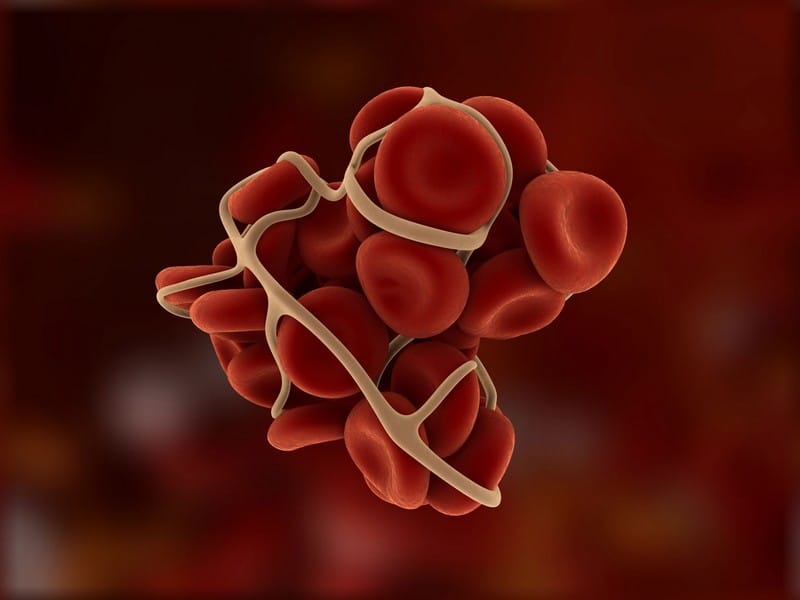Clotting Factor VIII Deficiency (Classic Hemophilia or Hemophilia A)

Classic Hemophilia is the main form and most common type of hemophilia. It’s genetic and is caused by a deficiency in clotting factor VIII (antihemophilic factor).
Clotting factor VIII, or the antihemophilic factor, is a protein in the plasma made mainly through some cells found in the liver. It typically circulates in the bloodstream in an inactive form while bound to the von Willebrand factor. The two stick together before the clotting factor VIII gets activated when an injury or any form of damage happens to the blood vessels. As the protein activates when one is injured, it separates from the von Willebrand factor to do its job and help the blood clots. The now-active clotting factor VIII then interacts with clotting factor IX (FIX), setting off a series of chemical reactions that eventually seal off the injured site in the form of a blood clot.
The absence or cases of deficiency or inactivation of the clotting factor VIII activates the X-linked recessive gene disorder (hemophilia). It is a protein in the plasma produced by the F8 gene. It usually results in activity levels below 50 percent, which may result in a higher risk of bleeding.










